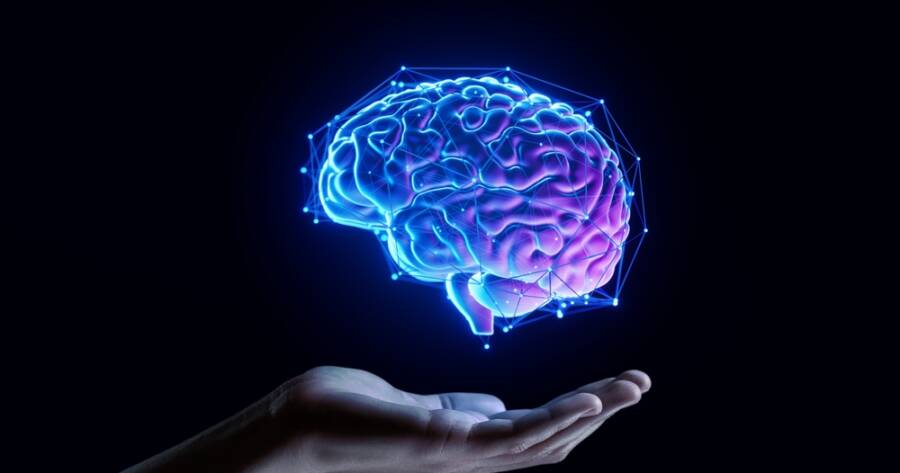In a world full of information, it’s easy to feel overwhelmed by ideas, tasks, and notes scattered across apps and notebooks. That’s where Obsidian and Markdown come in. Together, they help you build a digital “second brain”—a place to store thoughts, organize knowledge, and connect ideas in a way that’s both powerful and easy to use.
What Is a Digital Second Brain?
A digital second brain is a system for storing and organizing your personal knowledge outside your head. It can include notes from books, meeting takeaways, creative ideas, research, and even daily thoughts. The goal is to keep everything in one place where it’s easy to find, link, and grow over time.
Unlike traditional note-taking apps that act like filing cabinets, a second brain is more like a living garden. You add small pieces of information (called “atomic notes”), and over time, they form connections that help you think more clearly and creatively. With the right tools, your second brain becomes a reliable system for lifelong learning and productivity.
Why Obsidian Is the Perfect Tool
Obsidian is a no-fee, local-first app designed for managing Markdown-based notes. It works entirely on your computer, which means your data is private and fully under your control. One of Obsidian’s key strengths is how it links your notes together—turning folders of text into a network of connected ideas.
Obsidian’s interface is clean and flexible. It supports tags, backlinks, and even a graph view that shows how your notes relate to each other. You can customize it with community plugins to add calendars, to-do lists, or spaced repetition flashcards, depending on how you use it.
But perhaps its most powerful feature is its simplicity. Because it uses plain text files with the Markdown format, you’re never locked into a single platform. Your notes are future-proof and portable—no fancy databases or subscriptions required.
How Markdown Keeps Things Simple and Organized
Markdown is a lightweight formatting language that’s easy to learn. Instead of using buttons or complicated tools, you write plain text with a few special characters to format your content. For example, placing a “#” before a sentence makes it a header. Using asterisks makes words bold or italic.
This simplicity keeps your notes clean and distraction-free. You don’t have to worry about formatting or layout. You focus on the content—your thoughts, ideas, and knowledge. Markdown also works across many apps and devices, which makes it a great long-term choice.
Here’s what makes Markdown powerful in Obsidian:
- You can quickly create links between notes using double square brackets. This makes it easy to connect ideas as they emerge.
- Embedding images, code, or even other notes is simple, making your system flexible for all types of information.
- Everything remains readable, even outside Obsidian. Your files will still look clean and usable if opened in another text editor.
Creating a Flow That Works for You
There’s no single “right” way to use Obsidian. The best system is the one that fits your needs. Some people use it to take notes on books and articles, while others track their goals, journal entries, or work projects.
You can start by creating a vault (Obsidian’s word for a collection of notes). Inside the vault, create top-level notes for things like “Reading Notes,” “Project Ideas,” or “Work Tasks.” Over time, link related notes together. For example, a book note might link to a project idea it inspired. A journal entry might connect to a goal you’ve been tracking.
With practice, this becomes a habit. You no longer write notes just to remember—you write them to think. Obsidian helps you return to past ideas and build on them, like adding layers to a growing body of knowledge.
Keep It Going with Daily Notes and Backlinks
One way to make Obsidian even more useful is by using daily notes. Each day, you open a new note for that date. You can jot down tasks, ideas, or reflections. Over time, these daily notes form a timeline of your thinking and progress.
Backlinks are another key part of the system. When you link one note to another, Obsidian automatically shows the connection on both sides. This helps you discover patterns and relationships between ideas you might have missed.
For example, if you link a daily note to a project, you’ll see that connection in the project note too. This cross-referencing turns your system into a living map of your mind.
Your Brain, Upgraded
Building a digital second brain with Obsidian and Markdown is like upgrading your memory. Instead of trying to remember everything or digging through messy folders, you create a trusted system that grows with you. It’s simple, flexible, and completely under your control.
You don’t need to be a tech expert or productivity guru. All you need is a place to write, a habit of linking your thoughts, and a bit of curiosity. With Obsidian and Markdown, your ideas stay organized, connected, and ready to support you—today and for years to come.
